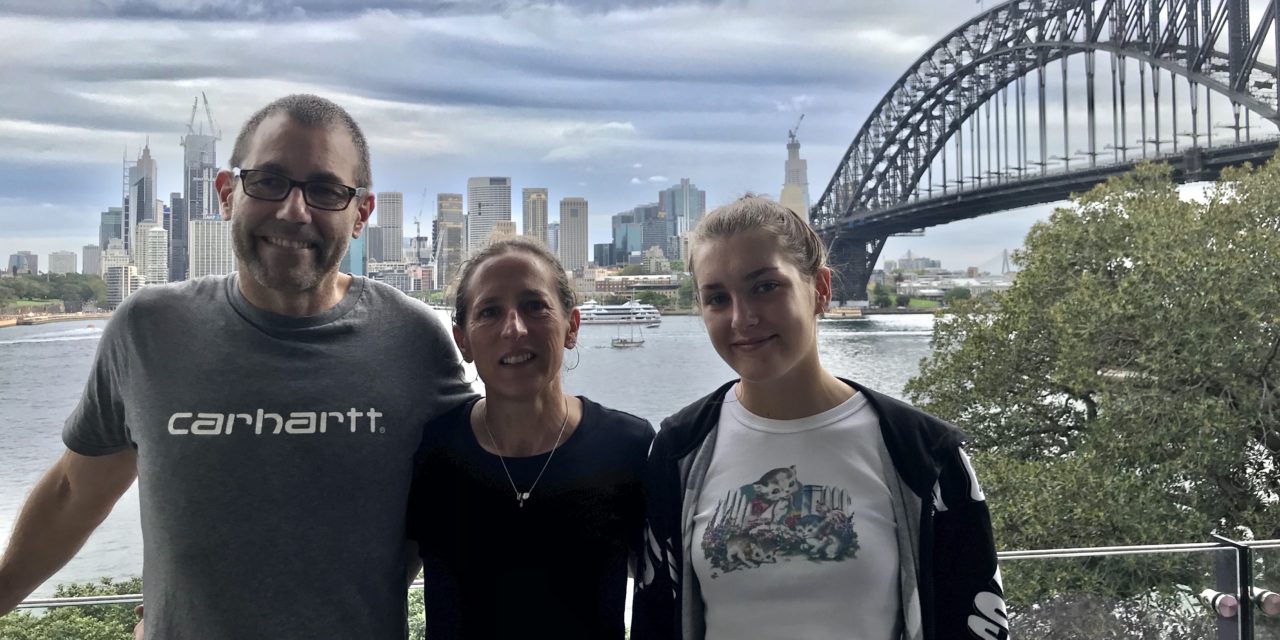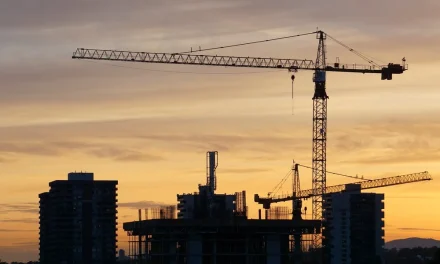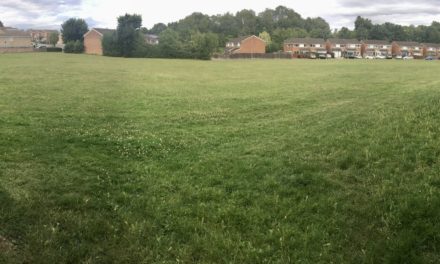In one of two articles involving Thames Tap contacts abroad, Amy Battle reports her experience from Sydney, Australia.
In the early days of the lockdown we were all adjusting to new information and new rules on a daily basis.
As major events were cancelled and school attendance fell, we found ourselves moving into a ‘new normal’.
There was early confusion and a lack of consistency which was highlighted by the New South Wales (NSW) health department’s huge oversight in releasing passengers from the Ruby Princess cruise ship.
More than 2,000 passengers disembarked from a ship full of Covid-19 and merrily spread the virus all around Australia, resulting in NSW police announcing a criminal investigation.
Coupled with this were images of crowds at Bondi Beach which accelerated ‘draconian’ measures to enforce social distancing.
Despite this bumpy start, the state governments closed their borders and subsequently settled down into a successful management of outbreaks which has resulted in remarkably few deaths nationwide – only 103 to date.
Australia is divided into six states, each of which has its own parliament and laws, leading to very different experiences depending on where you live.
In May, the Federal Government issued a set of guidelines for restrictions to be lifted in a three-phase approach, culminating in total removal during July when all states and territories will lift attendance caps for indoor venues and, instead, follow a ‘four square metres per person’ rule.
Each state has been left to decide implementation as they see fit but with a clear direction issued by the Federal Government.
“You can stay under the doona forever. You’ll never face any danger,” Prime Minister Scott Morrison told reporters in Canberra, using an Australian word for a duvet. “But we’ve got to get out from under the doona at some time.”
While the lockdown measures have successfully prevented local hospitals from being swamped by coronavirus patients, they have also taken a devastating toll on the economy.
Treasurer Josh Frydenberg estimated the lockdown is costing the country four billion Australian dollars a week (£2,208 billion).
Australia’s central bank predicted the country is facing its biggest economic contraction on record, even with Government and central bank support totalling 320 billion Australian dollars (£176,775bn) pumped into the system.
Even though the Government has subsidised the wages of about six million Australians through the jobkeeper scheme, about 10 percent of the country’s labour force is expected to be jobless this year.
All this comes on top of the huge economic, social and environmental impact from the worst bushfires experienced in Australia for decades, leaving many people homeless, ancient forests decimated and regional tourism in tatters.
Despite the relatively high unemployment figures, the property market remains fairly resilient. Homes are being listed and auction clearance rates in Melbourne and Sydney remain solid (homes are sold by an estate agent at auction in Australia).
At the same time, rental rates are being reduced significantly across the capital cities. This is due, in part, to job losses, paused migration, increased housing stock and dwindling demand.
However, with the current loan deferral scheme and Government support packages due to expire at the end of September, the Morrison Government is looking to avoid the catastrophic impact on the economy and the property market of a wave of foreclosures, especially in the lead up to Christmas.
The Australian Prudential Regulation Authority (APRA) chairman Wayne Byres told a senate committee: “We often talk of the cliff, which is when everything ends in six months’ time.
“No one has an interest in going off the cliff, so we have to work out what the next phase is going to be and that will be dependent on the economic situation at the time.”
June 1 saw the most significant change in restrictions with a return to office working for many. However, numbers were not as high as originally thought as people have adapted to working from home, eschewing the arduous commute for an improved work life balance and a dip in the ocean at lunchtime.
Undoubtedly, there are challenges ahead for the commercial sector. While industrial leasing has remained relatively stable the retail and office leasing sectors will see significant changes in particular with re-negotiation of leases.
Shopping centres are seeing the challenges that have arisen from a sharp spike in people shopping online and retail tenants are striving for better and more aggressive lease terms.
Australian borders will remain closed for the foreseeable future which will see a big impact on hotels who rely on international visitors. The international education sector is also affected by the lack of movement of students which will have a knock-on effect on new development around Australian universities.
“We are seeing something different to a simple snapback,” said Jago Dodson, director of the Centre for Urban Research at RMIT University. “The immediate imperative to rush the workforce back into corporate office towers in the CBDs (central business districts) is perhaps not as strong as you might imagine.”
Image: Amy Battle (centre) with family.
See also: New Zealand: Life, business and property under Covid-19
Please rate this article out of five stars below.
You can comment too, using the form at the bottom of the page.
© Thames Tap No 217 (powered by ukpropertyforums.com)



















Trackbacks/Pingbacks